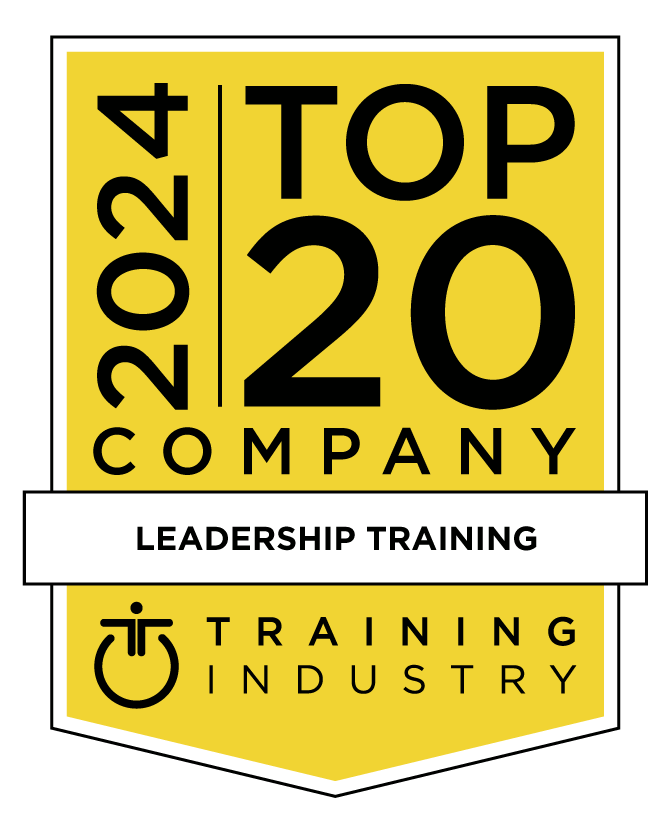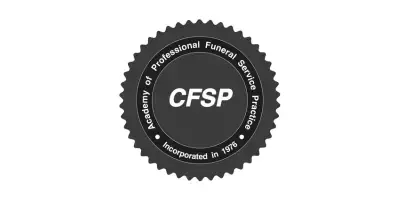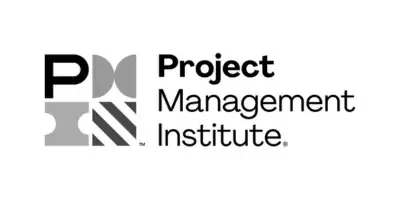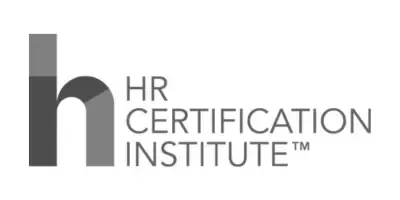The Art of Situational Leadership: Flexing Your Style for Maximum Impact
In today's rapidly evolving Canadian business landscape, characterized by diverse teams and hybrid work environments, the ability to adapt one's leadership style is more crucial than ever. Situational leadership, a concept that emphasizes flexing your leadership approach based on the specific needs of your team members and the demands of different situations, has emerged as a powerful tool for maximizing impact and driving success.
Understanding Situational Leadership
Situational leadership is founded on the principle that there is no one-size-fits-all approach to leadership. Instead, effective leaders must be able to assess the needs of their team members and the requirements of each situation, then adjust their leadership style accordingly. This approach recognizes that team members have varying levels of competence and commitment, and that different tasks and challenges call for different leadership strategies.
The Four Leadership Styles in Situational Leadership
The situational leadership model typically identifies four primary leadership styles:
1. Directing: High directive behaviour and low supportive behaviour
2. Coaching: High directive behaviour and high supportive behaviour
3. Supporting: Low directive behaviour and high supportive behaviour
4. Delegating: Low directive behaviour and low supportive behaviour
The key to situational leadership is knowing when to employ each style for maximum effectiveness.
Assessing Your Team's Needs
To effectively practice situational leadership, Canadian leaders must become adept at assessing their team members' development levels. This involves evaluating two key factors:
1. Competence: The team member's skills, knowledge, and experience related to the task at hand
2. Commitment: The team member's motivation, confidence, and interest in the task
By accurately gauging these factors, leaders can determine which leadership style will be most effective for each team member in various situations.
Adapting Your Leadership Style
Once you've assessed your team members' needs and the demands of the situation, it's time to flex your leadership style. Here's how you can adapt your approach:
1. For New or Inexperienced Team Members
When working with team members who are new to a task or lack experience, a more directive approach is often necessary. This might involve:
· Providing clear, detailed instructions
· Offering step-by-step guidance
· Closely monitoring progress
· Giving frequent feedback
2. For Team Members Building Competence
As team members begin to develop skills and knowledge, a coaching style can be effective. This approach combines high direction with high support:
· Explaining the rationale behind tasks and decisions
· Encouraging questions and providing detailed answers
· Offering support while still maintaining clear direction
· Providing regular feedback and encouragement
3. For Capable but Cautious Team Members
When team members have the necessary skills but lack confidence, a supporting leadership style can be beneficial:
· Involving team members in decision-making processes
· Encouraging initiative and problem-solving
· Offering praise and recognition for good work
· Being available for consultation and support as needed
4. For Highly Skilled and Motivated Team Members
With team members who are both highly competent and highly committed, a delegating style is often most effective:
· Assigning tasks and allowing autonomy in execution
· Trusting team members to make decisions
· Providing resources and support as requested
· Focusing on results rather than methods
The Importance of Flexibility
The key to successful situational leadership is flexibility. Canadian leaders must be prepared to shift their style not only between different team members but also with the same team member as they grow and develop or face new challenges. This requires ongoing assessment and a willingness to adjust your approach as needed.
Overcoming Challenges in Situational Leadership
While situational leadership can be highly effective, it does come with challenges:
1. Misdiagnosis: Incorrectly assessing a team member's competence or commitment can lead to applying the wrong leadership style.
2. Consistency vs. Flexibility: Balancing the need for a consistent leadership presence with the flexibility required for situational leadership can be tricky.
3. Time and Effort: Continuously assessing and adapting your leadership style requires significant time and mental energy.
4. Team Perception: Team members may perceive different treatment as favouritism if the reasons for varying leadership styles are not clearly communicated.
To overcome these challenges, leaders should focus on open communication, regular check-ins with team members, and ongoing self-reflection and development.
Developing Situational Leadership Skills
Improving your situational leadership skills is an ongoing process that requires dedication and practice. Here are some strategies to enhance your ability to flex your leadership style:
1. Self-awareness: Regularly assess your own leadership tendencies and biases.
2. Active Listening: Pay close attention to your team members' needs, concerns, and feedback.
3. Emotional Intelligence: Develop your ability to read and respond to others' emotions and motivations.
4. Continuous Learning: Stay updated on leadership theories and best practices.
5. Seek Feedback: Regularly ask for feedback from your team on your leadership approach.
Conclusion: Mastering the Art of Situational Leadership
In today's dynamic Canadian business environment, the ability to adapt your leadership style to meet the needs of your team and the demands of various situations is invaluable. By mastering the art of situational leadership, you can maximize your impact, drive team performance, and navigate the complexities of modern leadership with confidence and skill.
Remember, becoming an effective situational leader is a journey, not a destination. It requires ongoing effort, self-reflection, and a commitment to growth. By investing in your situational leadership skills, you're not only enhancing your own capabilities but also contributing to the success and development of your team and organization.
Crestcom Canada's leadership development programs, including the L.E.A.D.R. and Advanced L.E.A.D.R. for Life, offer valuable resources and training to help Canadian leaders develop and refine their situational leadership skills. These programs provide practical strategies, interactive learning experiences, and opportunities for peer collaboration, enabling leaders to enhance their ability to flex their leadership style for maximum impact in any situation.
By embracing the principles of situational leadership and continually honing your skills, you can position yourself as an agile, effective leader ready to meet the challenges of Canada's evolving business landscape.
Interested in a free Leadership Skills Workshop with your team?
- Address instantly fixable issues that impact customer perceptions and employee morale.
- Learn and practice a habit that will raise employee performance.
- Set actions with specific and measurable steps that they'll gladly be accountable to achieve.











